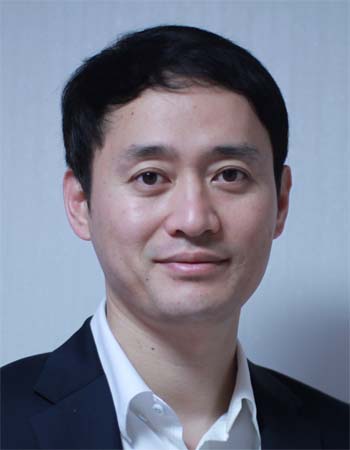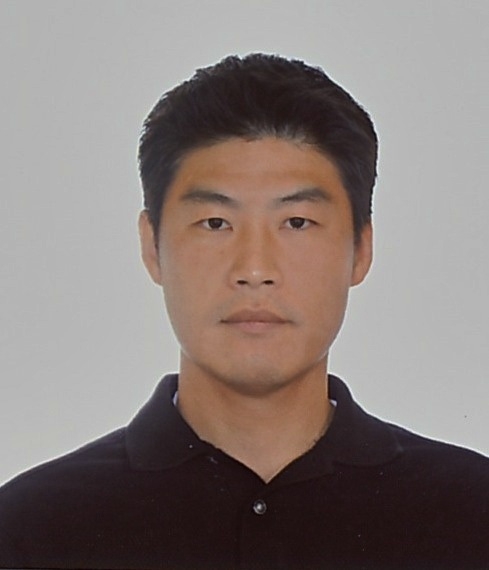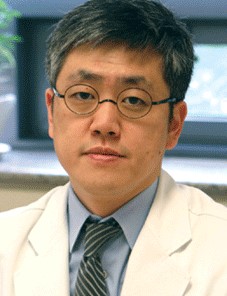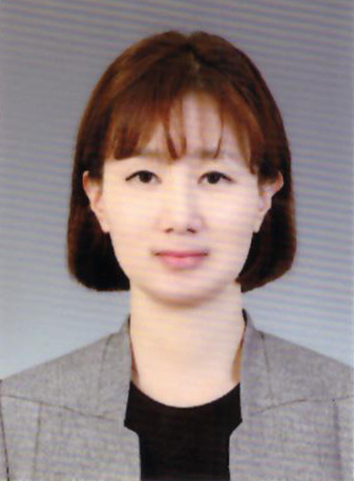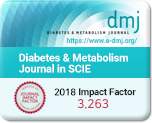Main symposia
| S2 IR and inflammation Insulin resistance and systemic inflammation: 'Axis of evil' in diabetes |
15:30~17:30 / Thursday 10 October Emerald hall B Chairman:Ki-Up Lee, Carol H. Wysham |
Overview |
|---|---|---|
Organizers: Shin Ae Kang This session titled, 'Insulin resistance and systemic inflammation: 'Axis of evil' in diabetes' is a basic session designed for both basic and clinical science researchers. It will present the mechanism as well as the consequences of insulin resistance. The talks will be focused on demonstrating how inflammation, including the immune cells and its cytokines, contributes to the development of glucose intolerance and atherosclerosis and how hyperinsulinemia may perpetuate inflammation and various metabolic, non-metabolic consequences. The session will provide a new understanding of the cross-talk between the insulin resistance and inflammation that will help us overcome this 'axis of evil' in the future. |
||
|
2-1Vascular and immune cell network in the pathogenesis of atherosclerosis | |
|
2-2Causal effects of hyperinsulinemia on insulin resistance, obesity and aging
 |
|
|
2-3SREBP-1a-stimulated lipid synthesis is required for macrophage phagocytosis | |
|
2-4Interactive roles of Th2 cytokines and GDF15 in glucose homeostasis | |
| S5 Islet biology Intracellular environment for beta cell function |
09:00~10:40 / Friday 11 October Emerald hall B Chairman:Kwang-Won Kim, James Johnson |
Overview |
|---|---|---|
Organizers: Hail Kim This session titled, 'Intracellular environment for beta cell function' is a basic session that is designed to provide an opportunity for clinicians and basic researchers to understand the importance of intracellular environment for beta cell function and mass. In this session, a variety of factors affecting intracellular environment of cell will be discussed. Researchers will present the interaction between cellular environment and genes, autophagy and mitochondria in beta cells. These studies will provide a potential possibility of developing anti-diabetes drug targeting beta cells. |
||
|
5-1Regulation of pancreatic β cell mass from the interaction of gene-environmental factors
 |
|
|
5-2An autophagy enhancer expedites clearance of islet amyloid and ameliorates human-type diabetes | |
|
5-3Lactation improves glucose homeostasis by enhancing beta cell mass and function | |
|
5-4Targeting PGC-1 to improve glucolipotoxicity induced beta-cell dysfunction | |
| S14 Aging and metabolic disease Aging, the inevitable player in the development of metabolic disease |
16:20~18:00 / Friday 11 October Emerald hall A Chairman:Cheol Soo Choi, Florin Despa |
Overview |
|---|---|---|
Organizers: Shin Ae Kang This session titled, 'Aging, the inevitable player in the development of metabolic disease' is a translational session that is designed to provide an in-depth discussion for basic as well as translational science researchers. It will help an audience understand novel mechanisms underlying aging-associated metabolic dysfunction. The talks will be focused on demonstrating novel molecular and cellular mechanisms that link aging and various metabolic diseases together with possible therapeutic options that may help alleviate aging-associated metabolic dysfunction. The session will provide a new understanding of aging in the aspect of the metabolic disease and the potential future therapeutic targets. |
||
|
14-1A novel myokine (Myo-X) induces skeletal muscle hypertrophy and reverses age-related muscle weakness | |
|
14-2Mapping the mitochondrial proteome in aging and disease | |
|
14-3Cellular senescence and its associated metabolites | |
|
14-4AMPK in Alzheimer's disease: friend or foe? | |
| S15 NAFLD Evolving views on the pathophysiology of NAFLD |
16:20~18:00 / Friday 11 October Emerald hall B Chairman:Myung-Shik Lee, Suneil K. Koliwad |
Overview |
|---|---|---|
Organizers: Hye Soon Kim, Dae Ho Lee This session titled, 'Evolving views on the pathophysiology of NAFLD' is a translational session that is designed to provide an opportunity for clinicians and basic researchers to understand novel pathophysiologies and potential therapeutic areas for NAFLD. In this session, a variety of therapeutic targets based on the novel NAFLD pathophysiologies, including biological network models to integrate multiomics data, autophagy, NAD+ metabolism, and important immunologic regulators, will be presented and discussed. This session will be the first step toward a better understanding the importance of NAFLD in T2D. |
||
|
15-1The use of systems biology in treatment of liver diseases
 |
|
|
15-2Therapeutic potential of TSG-6 for treating liver disease | |
|
15-3NAD+ metabolism and liver disease | |
| S19 SGLT2 inhibitor SGLT2 inhibitor, beyond glucosuric effect |
09:00~11:00 / Saturday 12 October Emerald hall A Chairman:Hanyang University, Korea, Stefano Del Prato |
Overview |
|---|---|---|
Organizers: Yong Ho Lee This session entitled with 'SGLT2 inhibitor, beyond glucosuric effect' is basic and translational session and designed to provide a place for basic researchers and clinicians to understand the novel non-hypoglycemic effects of SGLT2 inhibitors on metabolism and physiology. In this session, various actions and mechanisms of SGLT2 inhibitors regarding kidney protection, insulin secretory function of beta cells and ketone body metabolism will be presented and discussed by outstanding international speakers. It will also cover the overview of SGLT2 inhibitors to link between physiology and clinical outcomes from cardiovascular safety trials. |
||
|
19-1SGLT2 inhibitors in metabolism- from physiology to clinical outcomes | |
|
19-2SGLT2 inhibitors reduced acute kidney injury and mortality after myocardial infarction by inhibition of oxidative stress in diabetic rats
 |
|
|
19-3Sodium-glucose cotransporter-2 inhibition and beta-cell function | |
|
19-4SGLT2i regulates ketone body metabolism via interorgan crosstalk | |
| S20 Browning and beiging Metabolic implication of browning and whitening |
09:00~11:00 / Saturday 12 October Emerald hall B Chairman:Eulji University, Korea, Adil Mardinoglu |
Overview |
|---|---|---|
Organizers: Eun Hee Koh This session titled, 'Metabolic implication of browning and whitening' is a basic session that is designed to provide novel insights into the pathophysiology of obesity. In this session, metabolic reprogramming of adipose tissue in the obesity and environmental stress and the physical characteristics of adipose tissue will be presented and discussed. This session will be a great opportunity to better understand the novel target of obesity in the metabolic adaptation of adipose tissue. |
||
|
20-1Metabolic adaptation in physiology and disease | |
|
20-2Adipose circular RNAs exhibit dynamic regulation in obesity and functional role in adipogenesis | |
|
20-3Role of adipose tissues in energy homeostasis | |
|
20-4Single cell transcriptomic profiling of adipocyte progenitors characterized molecular basis of beige adipogenesis | |










